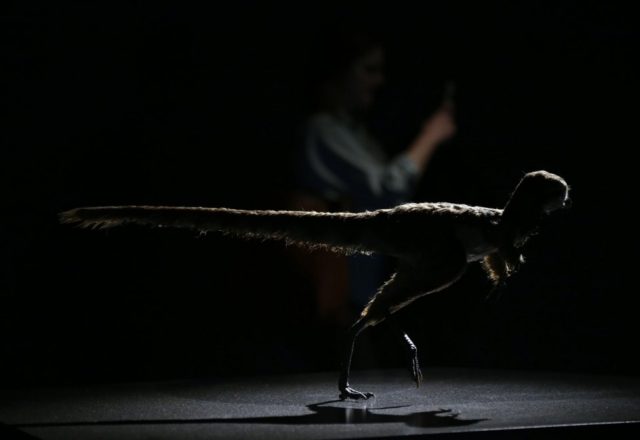June 29 (UPI) — Millions of years before a massive asteroid struck what’s now the Yucatan Peninsula, the dinosaurs were already struggling.
Though the devastating effects of the asteroid impact that ended the Mesozoic Era likely turned out the lights on the dinosaurs, new research suggests global cooling was already ushering them to the door.
According to the new study, published Tuesday in the journal Nature Communications, rates of extinction were outpacing speciation among the six largest dinosaur families some 76 million years ago, well before the asteroid strike.
“The impact of a 12-kilometer-wide asteroid 66 million years ago was thus the coup de grâce for an animal group already struggling,” researchers wrote in the paper.
To better understand how the dinosaurs were faring prior to the K-Pg extinction event, researchers used statistical modeling to estimate rates of extinction and speciation.
The novel modeling technique allowed scientists to minimize bias associated with gaps in the fossil record.
“Although the dinosaur fossil record provides invaluable data for our understanding of macroevolutionary patterns and processes through time, it is biased and incomplete,” scientists wrote. “Previous attempts to estimate dinosaur diversity dynamics were based on simple counts of the numbers of species in specific time intervals.”
Though researchers have previously deployed various analytical techniques to alleviate said biases, the authors of the latest paper suggest previous strategies have struggled to account for the absence of data — or large gaps in the fossil record.
Scientists were able to tackle the problem using a method called PyRate, which relies on a Bayesian statistical framework.
The novel analytical framework allowed researchers to account for a variety of potential problems, including differences in fossil preservation across time and space.
The latest analysis showed that rates of diversification ebbed and flowed for millions of years until the end of the Cretaceous, when speciation rates declined and extinction rates began to rapidly increase — about the same time that Earth experienced mean global temperature decline of 7 degrees Celsius.
According to the latest findings, herbivores were especially hard hit by the shift in climate, suffering a steady drop off in diversification.
But the PyRate models showed carnivorous families didn’t fare much better, experiencing negative diversification rates some 76 million years ago.
The latest findings echo those of an earlier study, which also used sophisticated statistical analysis of the dinosaur family tree to show that long-necked sauropods and meat-eating theropods, among other groups, were losing old lineages at a greater clip than they were birthing new species.
“Overall, our results provide evidence that dinosaur biodiversity was declining prior to the asteroid impact,” the authors of the latest study wrote.

COMMENTS
Please let us know if you're having issues with commenting.